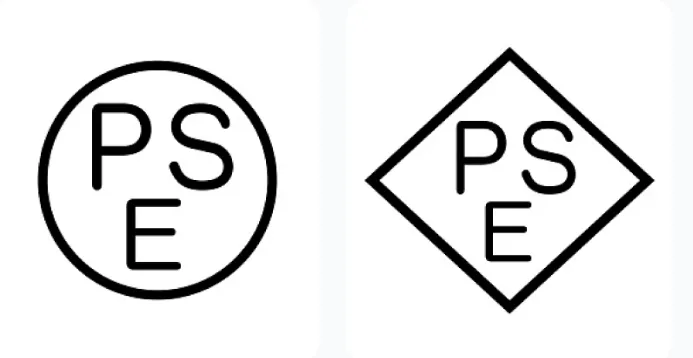
PPE Testing Labs
Personal Protective Equipment (PPE) refers to any device or tool worn or held by an individual to protect against one or more health and safety hazards. These are designed to shield employees from serious injuries or diseases caused by exposure to cheMICals, radiation, electrical devices, manual tools, machinery, or hazardous work environments.
In addition to the mandatory physical performance tests requiRED by regULations, the chemical testing requirements for different materials should not be overlooked.
Target Audience
Manufacturers, exporters, brand owners, traders, and buyers.
Product Range
Helmets, protective gear, cycling protective clothing, protective gloves, respiratory protection devices, wearable flotation devices, fall protection products for high-altitude work, and more.
Technical Standards
Compliant with the mandatory requirements of the Chinese, EU, US, and Australian markets.
Key Chemical Regulations for Target Countries
- cpsia (Consumer Product Safety Improvement Act) - US Consumer Product Safety Act
- CCPSA (Canada Consumer Product Safety Act) - Canada Consumer Product Safety Act
- EU REACH - Registration, Evaluation, Authorization, and Restriction of Chemicals
- POPs - Persistent Organic Pollutants Regulations
- CA Prop 65 - California Proposition 65
Related Chemical Testing
- Lead, Cadmium
- Polycyclic Aromatic Hydrocarbons (PAHs)
- Hexavalent Chromium
- Nickel Release
- Formaldehyde
- Dimethyl Fumarate
- Azo Dyes
- pH Levels
- Phthalates
- Flame Retardants
- Organotin Compounds
- Dimethylformamide
JJR Testing Laboratory in China offers PPE testing services. Feel free to contact us for more information.
Email:hello@jjrlab.com
Write your message here and send it to us
 What is Amazon TIC and How Can Sellers Achieve Com
What is Amazon TIC and How Can Sellers Achieve Com
 2026 Battery UN38.3 Certification (Test Report) &a
2026 Battery UN38.3 Certification (Test Report) &a
 What is the IEC 62680 Standard? Compliance Interpr
What is the IEC 62680 Standard? Compliance Interpr
 Amazon Japan December Compliance Requirements
Amazon Japan December Compliance Requirements
 How to Check a CPSC-Accepted Laboratory?
How to Check a CPSC-Accepted Laboratory?
 WEEE Registration for Waste Electrical &Electr
WEEE Registration for Waste Electrical &Electr
 MSDS Chemical Safety Testing
MSDS Chemical Safety Testing
 What Are the Differences Between UK REACH and EU R
What Are the Differences Between UK REACH and EU R
Leave us a message
24-hour online customer service at any time to respond, so that you worry!




